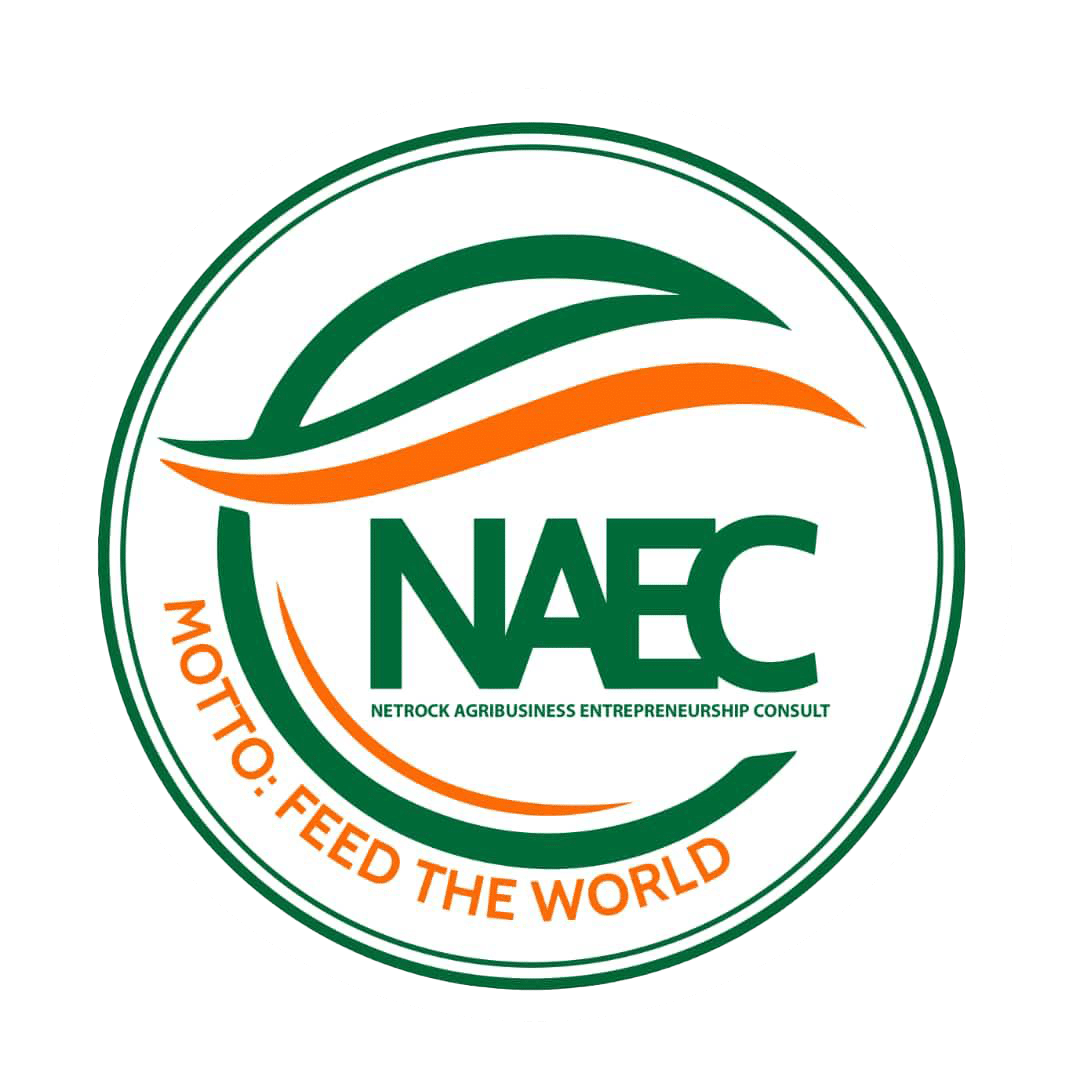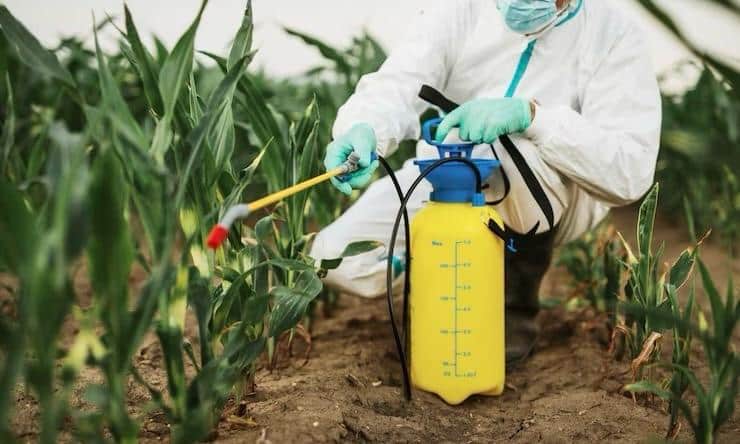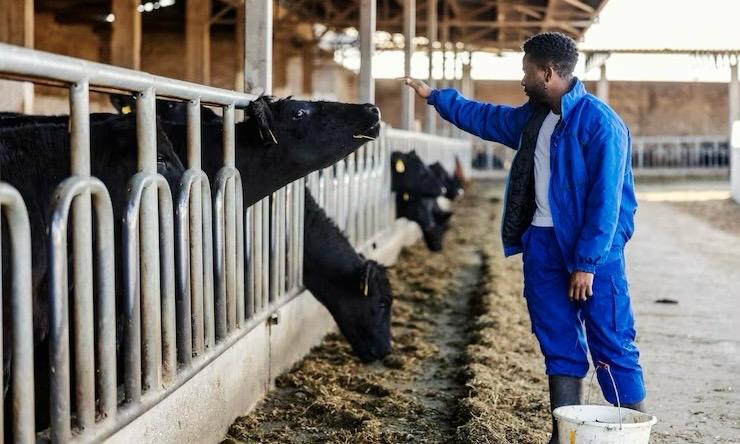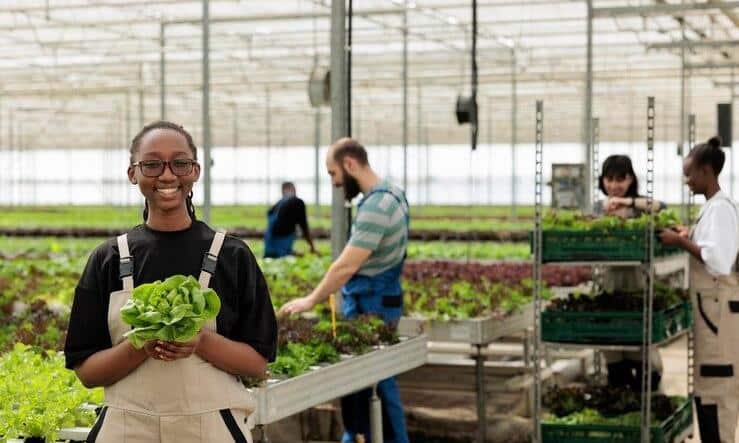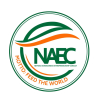The Role of IoT in Modern Agriculture
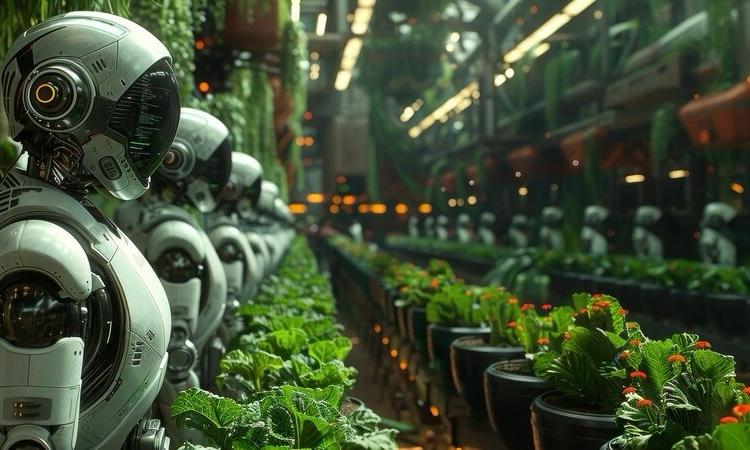
The Internet of Things (IoT) is transforming modern agriculture by enabling smarter, data-driven decisions. IoT technology integrates sensors, devices, and analytics to optimize every aspect of farming, from planting to harvesting. Here’s how IoT is reshaping agriculture:
1. Precision Farming
IoT-powered tools collect real-time data to help farmers make informed decisions. These tools enable:
- Field Monitoring: Sensors track soil moisture, temperature, and nutrient levels.
- Plant Health Insights: Drones equipped with IoT devices assess plant conditions and detect diseases early.
- Custom Fertilization: Data-driven insights guide the precise application of fertilizers, minimizing waste.
2. Smart Irrigation
IoT systems optimize water usage through advanced irrigation solutions:
- Soil Sensors: Measure moisture levels and adjust irrigation automatically to prevent overwatering or drought stress.
- Weather Integration: IoT devices sync with weather forecasts to schedule irrigation during optimal times.
- Cost Efficiency: Reduces water consumption, lowering costs and promoting sustainable practices.
3. Livestock Monitoring
IoT technology ensures better livestock health and management:
- Wearable Devices: Track animal health indicators like activity, body temperature, and reproductive cycles.
- Geofencing: Alerts farmers if animals stray beyond designated areas.
- Early Disease Detection: Continuous monitoring identifies signs of illness early, improving treatment outcomes.
4. Automated Equipment
IoT enables machinery to operate autonomously and efficiently:
- Smart Tractors: Use GPS and IoT integration for precise planting, harvesting, and soil preparation.
- Drone Applications: Conduct tasks like seeding, spraying, and field surveillance.
- Maintenance Alerts: Sensors in machinery notify farmers of potential issues, reducing downtime.
5. Supply Chain Optimization
IoT extends beyond the farm to improve post-harvest management:
- Cold Chain Monitoring: Ensures produce is stored and transported at optimal temperatures.
- Inventory Management: Tracks storage conditions and stock levels to reduce spoilage.
- Traceability: IoT tags help consumers verify product origin and quality.
6. Data Analytics and Decision Support
IoT generates vast amounts of data that can be analyzed for actionable insights:
- Yield Prediction: Forecast yields based on historical and real-time data.
- Pest Control: Predict pest outbreaks and deploy targeted solutions.
- Sustainability Metrics: Track carbon footprint and resource usage for better environmental practices.
7. Benefits of IoT in Agriculture
The adoption of IoT offers numerous advantages:
- Increased Efficiency: Automates repetitive tasks, saving time and labor.
- Higher Yields: Optimizes inputs like water, fertilizers, and pesticides for better crop performance.
- Cost Savings: Reduces waste and operational expenses.
- Environmental Sustainability: Promotes responsible resource use and minimizes ecological impact.
